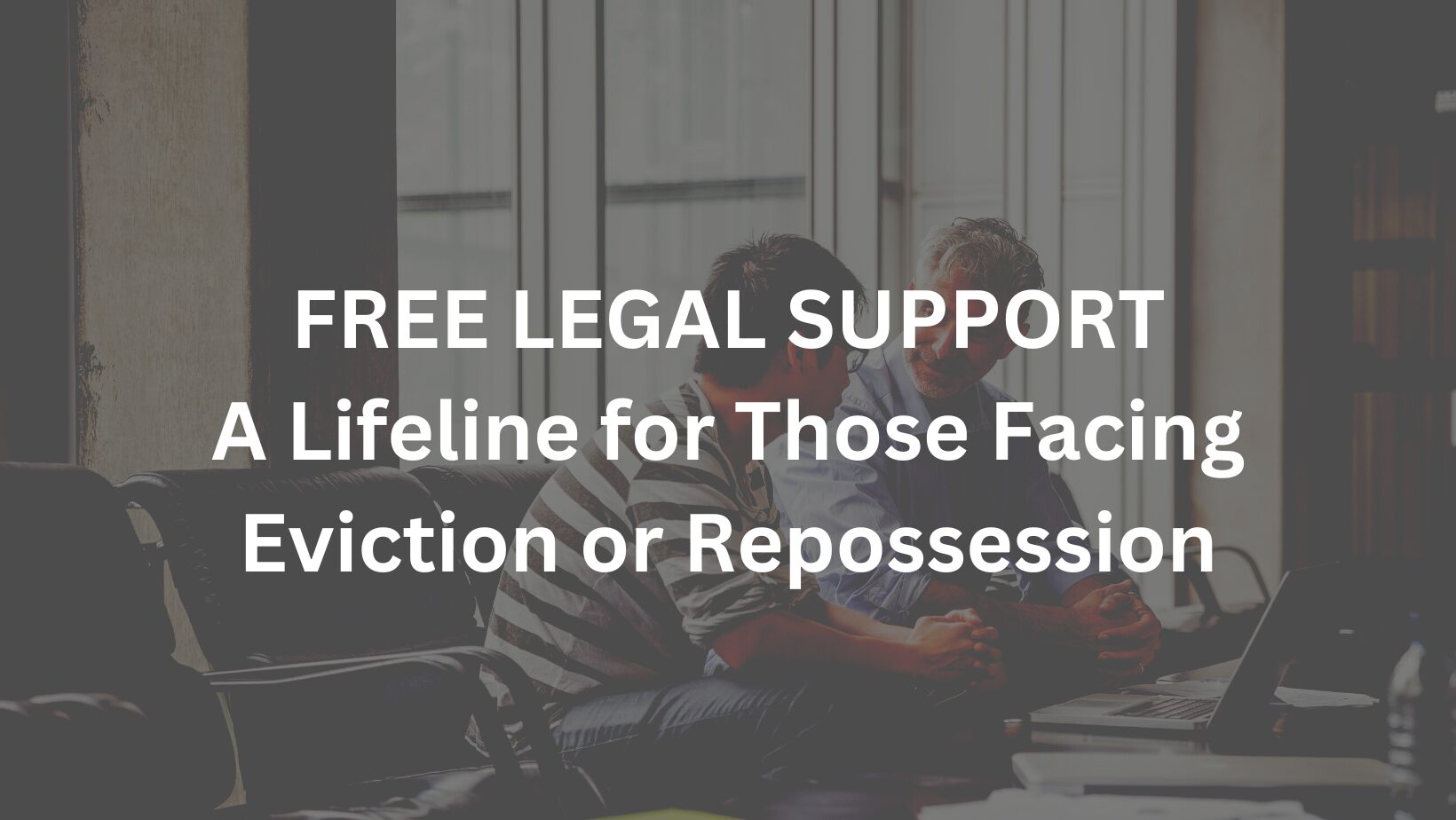
Enforcing evictions can be a complicated process…
A balancing act of sorts, where High Court Enforcement Officers are required to wear a number of different hats, whilst spinning plenty of different plates.
In order to try and make sense of it all, it can be useful to compartmentalise the different parts of the process, a little like baking a cake.
(It’s nothing like baking a cake…)
- Risk Management
As with anything in life, preparation is key. Detailed risk management is essential for HCEOs, in order to ensure the safety of themselves, the public and the occupants. Whether it’s protestors, travellers or other trespassers, evictions can be a risky business. Resistant occupants are only part of the risk, and it takes keen attention to detail and a good level of experience to identify and then manage all or any of the potential risks.
- Conflict Reduction
At TeamCES, we’re big on relationships. We understand the need to reduce conflict at every level of the eviction process. We invest time in learning about different cultures, understanding different opinions and establishing mutual respect in everything that we do. Of course, we are there to do a job at the end of the day, but that job is made immeasurably easier when things are deescalated as opposed to being stoked up unnecessarily.
- Consider Human Rights
We’re all human, and we’re all just trying to find our way in this world. The Human Rights Act 1998, more specifically articles 2 and 6, ensures that we respect the human rights of all those we serve eviction notice to.
- Execute the Writ
All of the above considered, it’s time to actually get on with the job of executing the writ of possession. We are specialists at this. It’s in the name.
- Site Security
Whenever carrying out an eviction, the impact upon the surrounding area and the community must be considered. This is where the HCEO role comes into its own, and a lot of the ‘unglamorous’ work of our agents takes place. Securing the site and its occupants is a time consuming and potentially stressful assignment, but we get it done.
- Hazard Removal
Hazards are part and parcel of most evictions, particularly when protestors are involved. We identify, manage and look to remove these hazards, in order to assure the success of the eviction.
- Work with the Police
We aren’t the police, nor do we claim to be, which is why part of the eviction process centres on effective cooperation with the force. They have powers that we don’t and we can call upon resources that they can’t. Working together is the only way forward.
- Vacant Possession
When every occupant has left the site, the job is nearly done. Nearly. Reasonable force may well have been used, but as long as the site is clear and the HCEO has obtained vacant possession, we can pretty much call this a successful eviction.
- Reputation, reputation, reputation
You’re only as good as your next job. Follow the process documented here and the reputation that goes before you will be a good one, just like ours.
It’s all about reputation.
And that’s it, more or less.
If you were looking for a great cake recipe, sorry about that…
In terms of the steps to a successful eviction though, this is pretty much on the money.
To find our more about us click below:
www.courtenforcementspecialists.co.uk
Contact us direct:
0161-507-0626
#TeamCES









